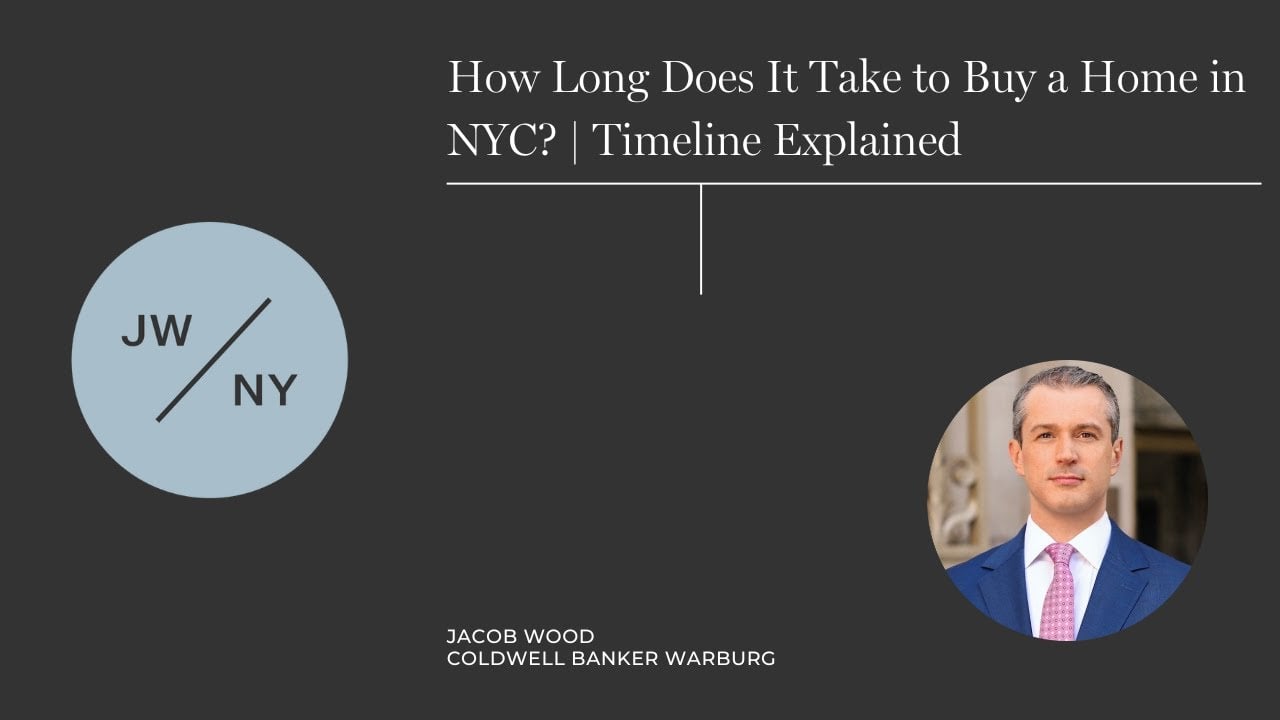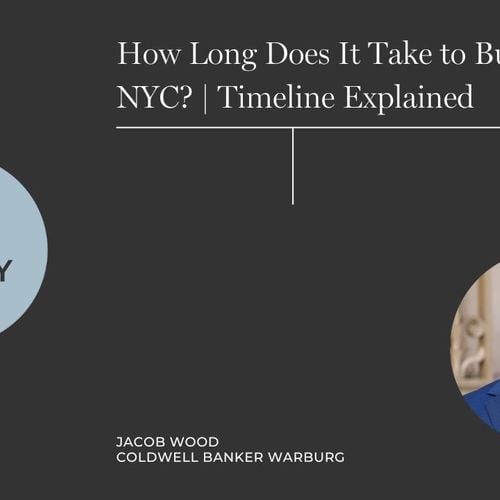How to Price & Negotiate Your NYC Home for Maximum Sale Price

Here are three factors sellers want to keep in mind when pricing and negotiating: your home’s ideal buyer, how your submarket is performing, and your leverage position.
Fair Housing notwithstanding, if you own a one bed on the fourth floor of a walk-up building, your likely buyer is a young, single professional or childless couple. If you own a three bedroom in a doorman building, your likely buyer is a professional, dual income family with at least one young child. If a buyer who isn’t the prototype makes you an acceptable offer, great. If a buyer who isn’t your prototype makes you an offer a bit below what you’d like, we risk little in holding out for our number. Conversely, if our prototypical buyer holds the line at a number just under what we desire, we risk more in continuing to hold out; if that buyer won’t meet our price, who will?
Redfin offers a helpful breakdown of how to use buyer psychology and pricing thresholds to your advantage.
Use Data to Guide Strategy—Not Delay Action
While the NYC market typically has an absorption rate of six months, average negotiability of six percent, and just under 100 days on market, those numbers will be far higher if we’re selling a mid-90s luxury condo in Midtown, and much lower if we’re selling a two-family in Fort Greene. We should know these specs not just for NYC as a whole, but for homes like yours in your neighborhood. We should also know submarket appreciation since your purchase, and the most recent active, in-contract, and sold homes comparable to yours. Innovative marketing can beat the comps, but we have to know the data thoroughly if we wish to surpass it.
It’s important to pay attention to our days-on-market clock as well. Most listings get their highest amount of interest in their first 30 days. After that, increasing interest means adjusting the price. If we get an offer our first few days on market, we can afford to hold the line. Conversely, if we get our first offer after six weeks on-market, it’s likely in our interest to be more negotiable.
We must be self-aware of our position as well. If we’re negotiating multiple offers, we have a variety of options at our disposal to generate the highest and best price. If we’re negotiating with only one buyer, our strategy should be more cooperative, assuming their offer is in line with market performance.
HousingWire breaks down why buyers pass on listings just 2–3% above their comfort zone—and how price psychology affects search behavior.
Regarding pricing, including negotiating room in an asking price is too common a mistake. Remember: average negotiability in Manhattan is only around 5%. If a buyer perceives a home to be priced more than 5% above value, they’ll likely just pass it by.
Being cognizant of major price range ceilings buyers put on their search parameters is also important. A 1 bed priced at, say, $1,025,000 or a 2 bed asking $2,050,000 is hidden from a majority of buyers who would pay market value for a home, because they’re priced just above the major price barriers where a majority of buyers cap their search.
If you’re selling your current home and buying your next,this post walks through how to coordinate both transactions without missing your window in either market.
If you’re interested in different asking price strategies to garner the highest offers on your home, let’s talk more. This is Jacob Wood, your New York City real estate advisor.
Check out this article next

What to Do After You’re In Contract
Let’s discuss what to do once your home is in contract to prep for a seamless closing.As a seller, once we’re in contract, there’s not…
Read Article


